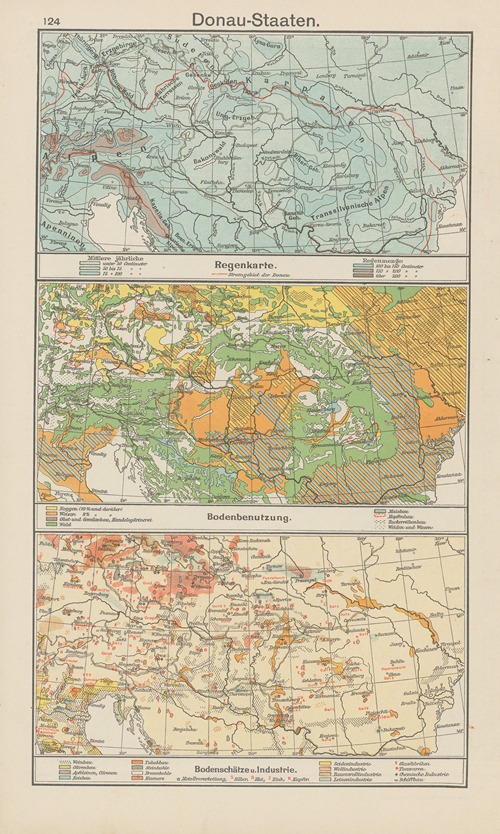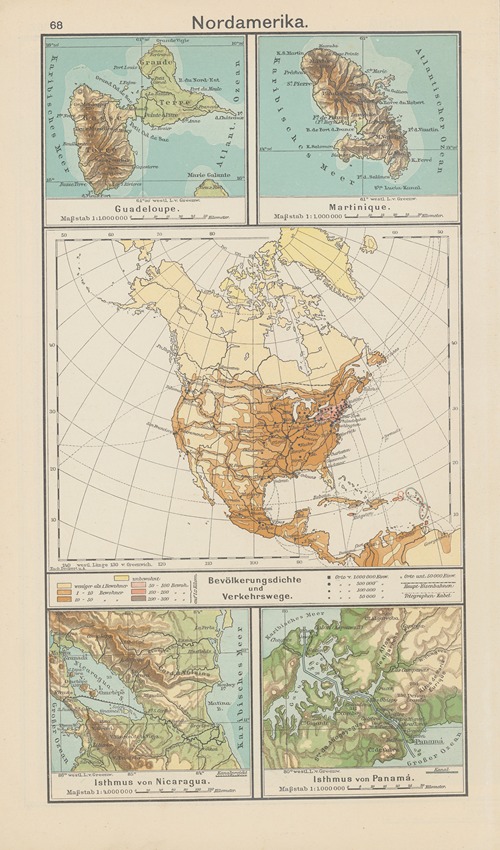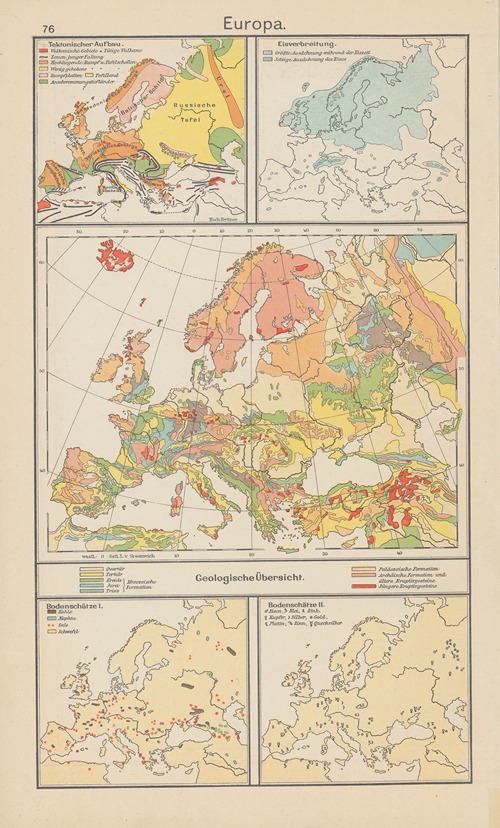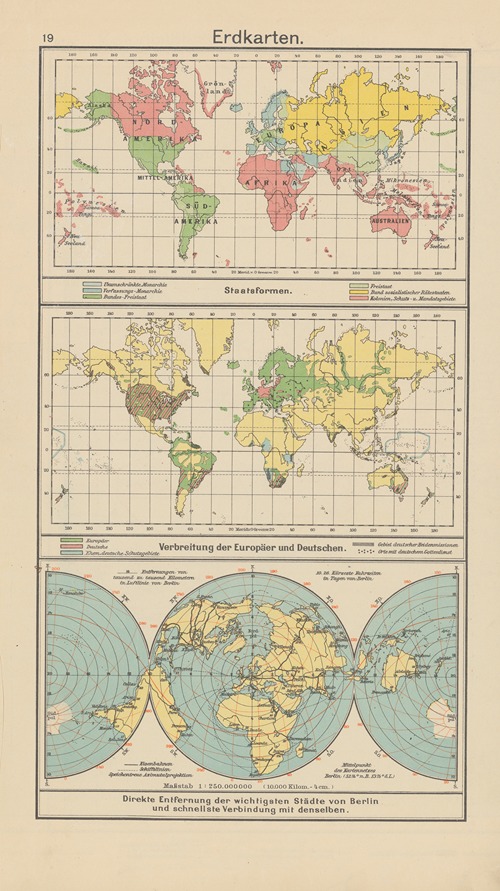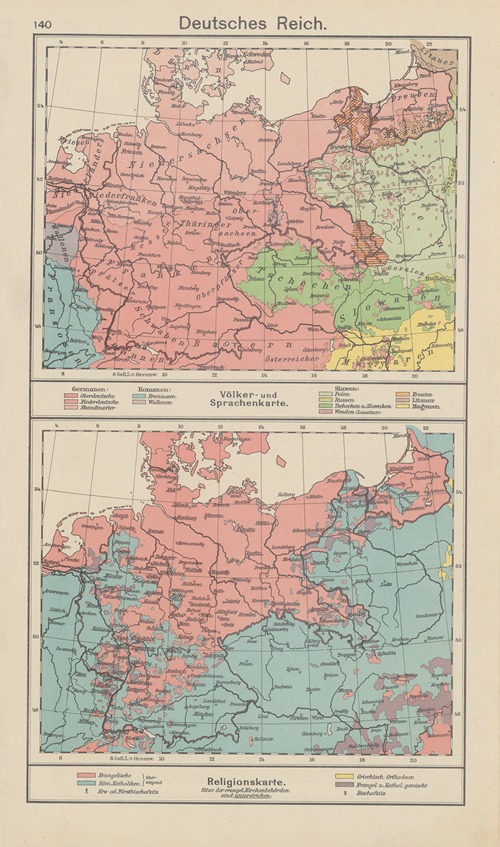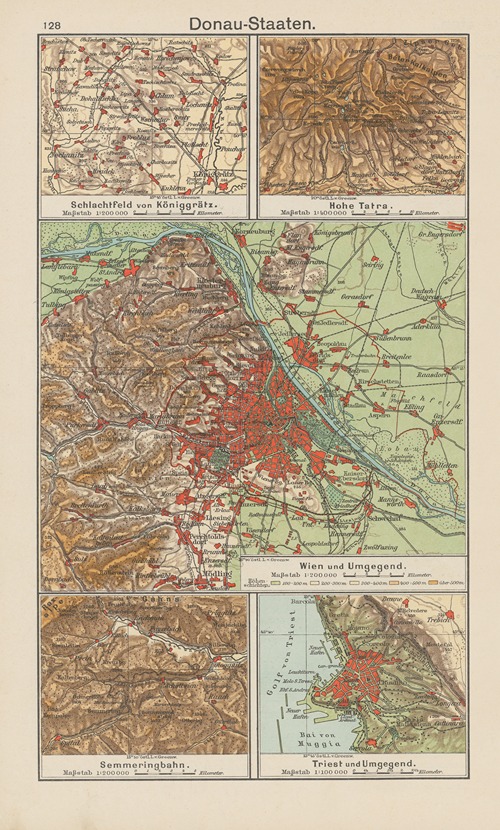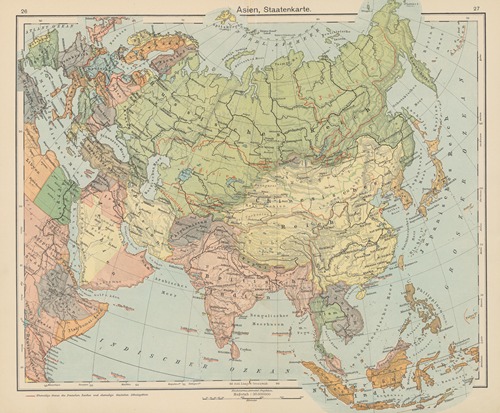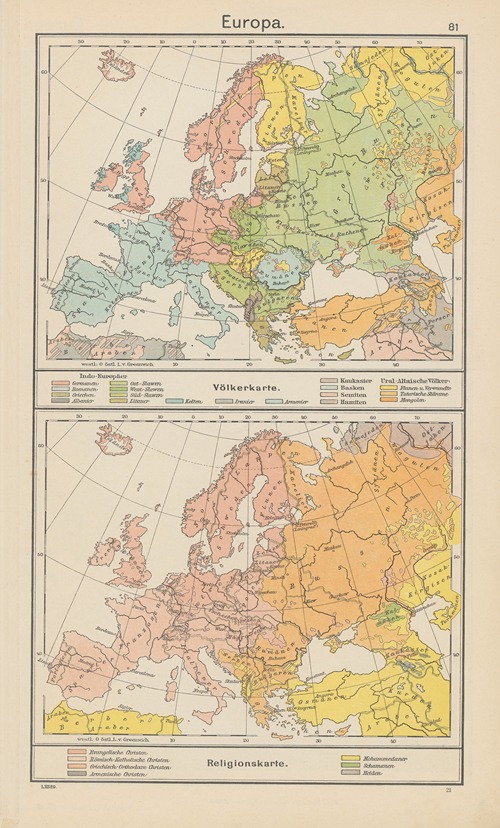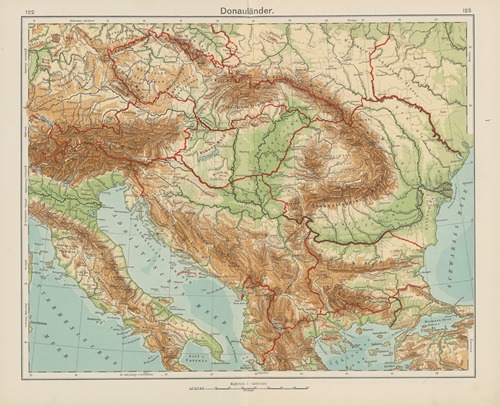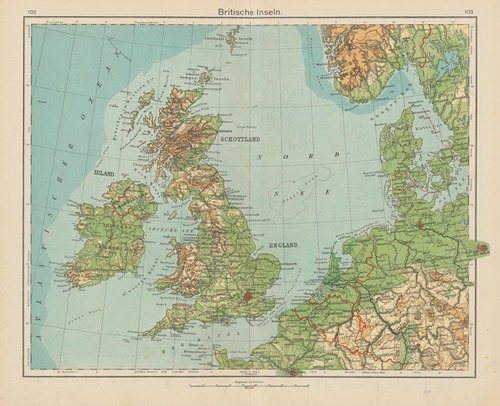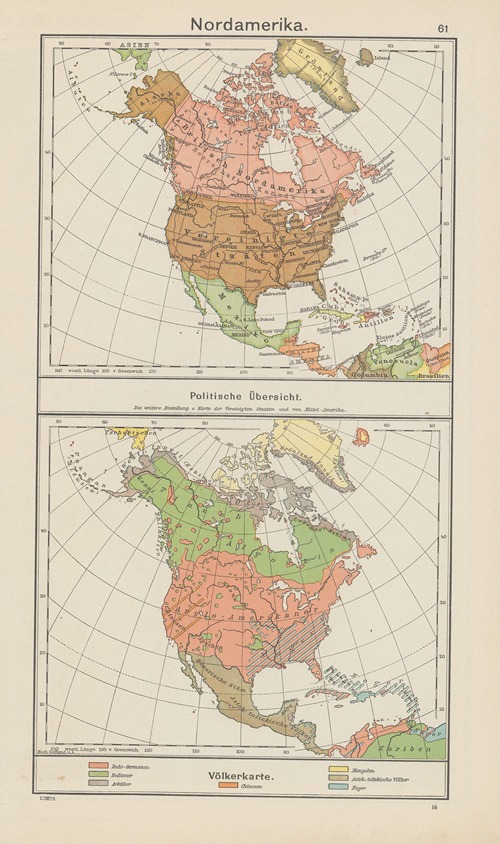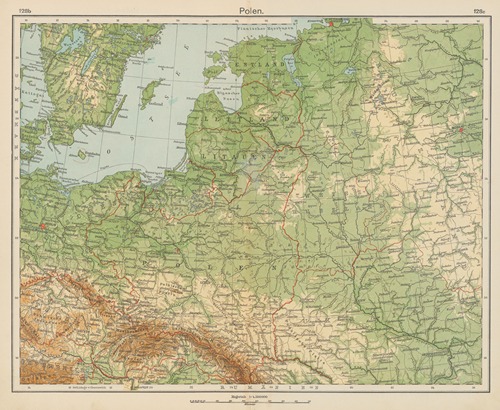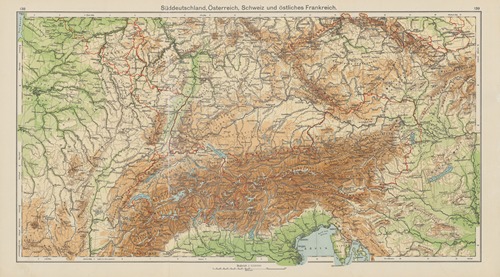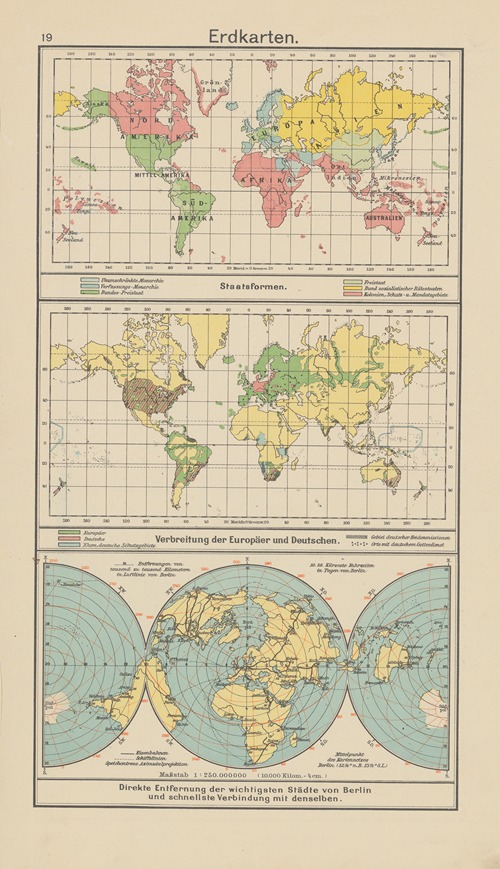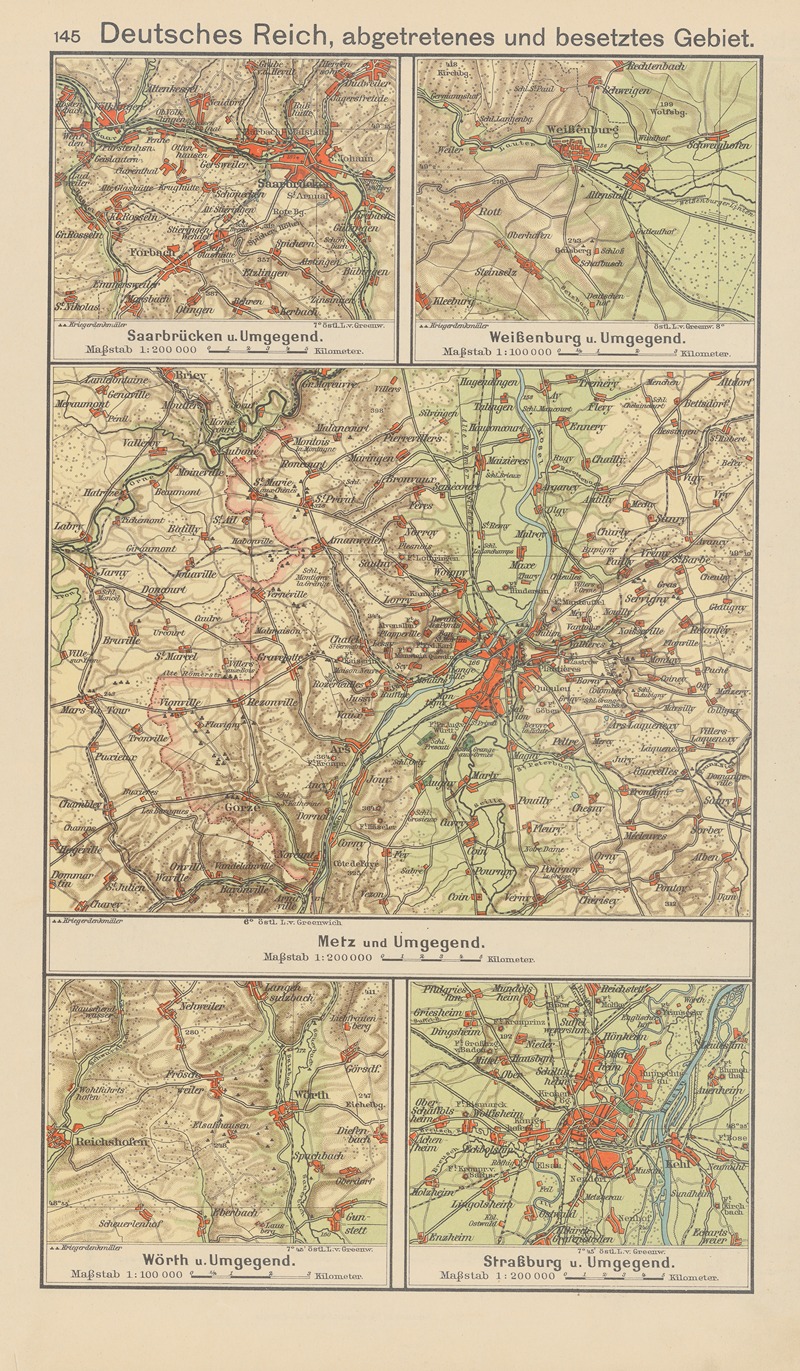

Carl Diercke was a German educator and cartographer. He was the creator of the widely known Diercke School Atlas, which was initially continued by his son Paul Diercke and is now published as the Diercke World Atlas by the Westermann Printing and Publishing Group in Braunschweig.
Carl Diercke was born to innkeeper and brewery owner Carl Friedrich Daniel Diercke and Louise Dorothee, née Müller. After the early death of his father, his mother married a former teacher. As the family moved frequently, the boy attended schools in Kyritz, Salzwedel, and Berlin.
After graduating from high school, Diercke trained as a teacher in Berlin from 1860 to 1863, where he passed his exams to qualify as a teacher of chemistry, French, geography, geometry, Latin, natural history, pedagogy, and arithmetic between 1863 and 1865. He began his professional career in 1865 as a private tutor in Riga, which was then part of the Russian Empire. He remained there until 1869, before being appointed as a seminar teacher in Berlin in 1870.
In Berlin, he met Hermine Marie Ottilie Lucas, whom he married in 1871. The couple had eight children, including sons Carl Wilhelm Heinrich (1872–1915) and Paul (1874–1937). In 1873, Diercke was transferred to Stade as a seminar teacher and a year later was appointed director of the royal teacher training college for elementary school teachers there. His interest and favorite subject here became geography, and he began to draw his own maps, which were clear and concise and therefore particularly suitable for children.
Diercke's success led to his appointment as director of the teacher training college in Osnabrück in 1885. In addition, the Prussian Ministry of Spiritual, Educational, and Medical Affairs appointed him as a government and school inspector. From 1899 to 1908, he held the position of school director in Schleswig, where he was appointed Privy Councilor in 1904.
In 1907, his wife Ottilie died and was buried in Schleswig. In 1908, Carl Diercke retired and was awarded the Hohenzollern House Order 3rd Class on this occasion. In the same year, he moved to the then still independent town of Wilmersdorf, where he died at the age of 70. At his request, he was buried in Schleswig-Friedrichsberg on March 11, 1913.
One of his descendants still alive today is Arnold Willemer.
